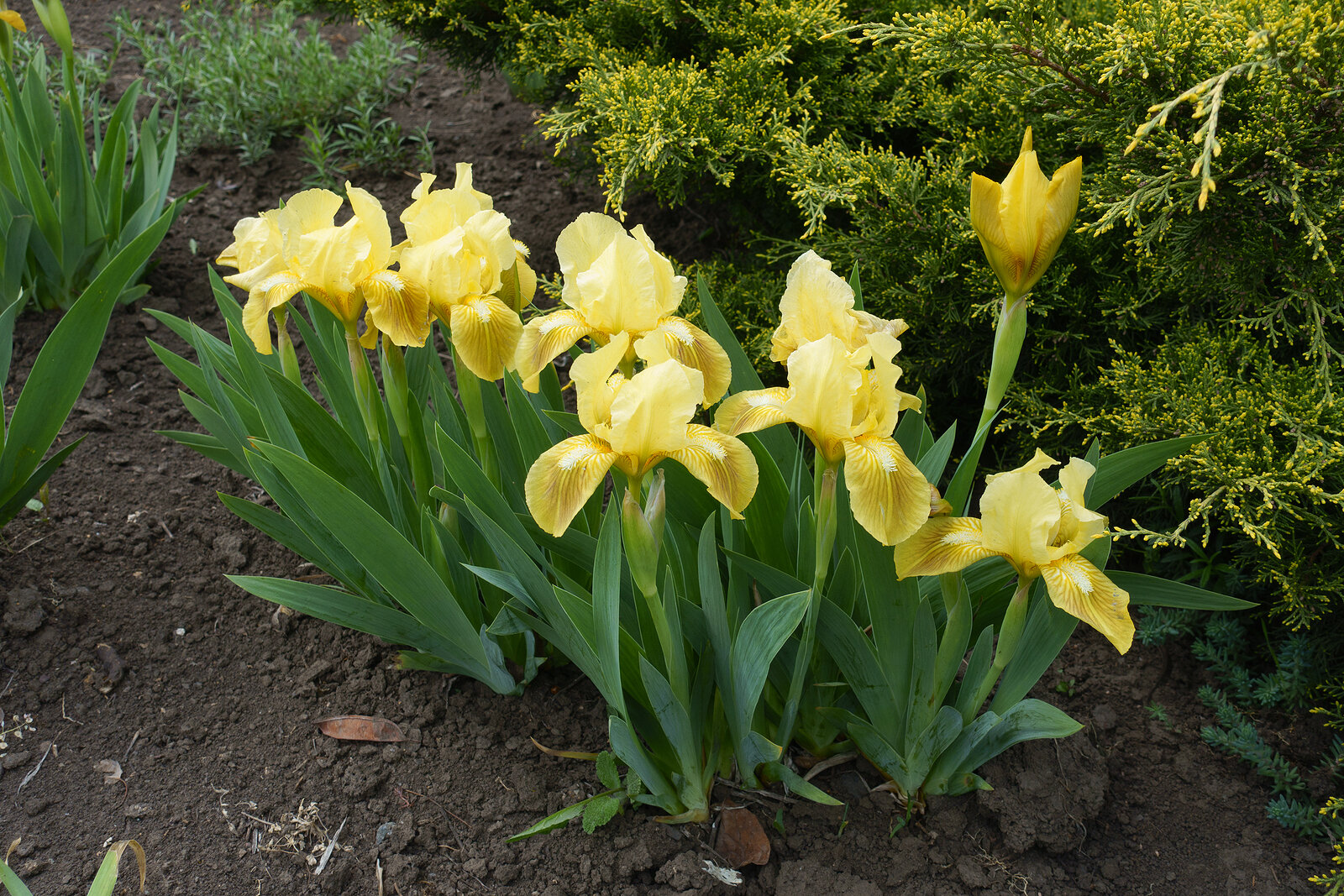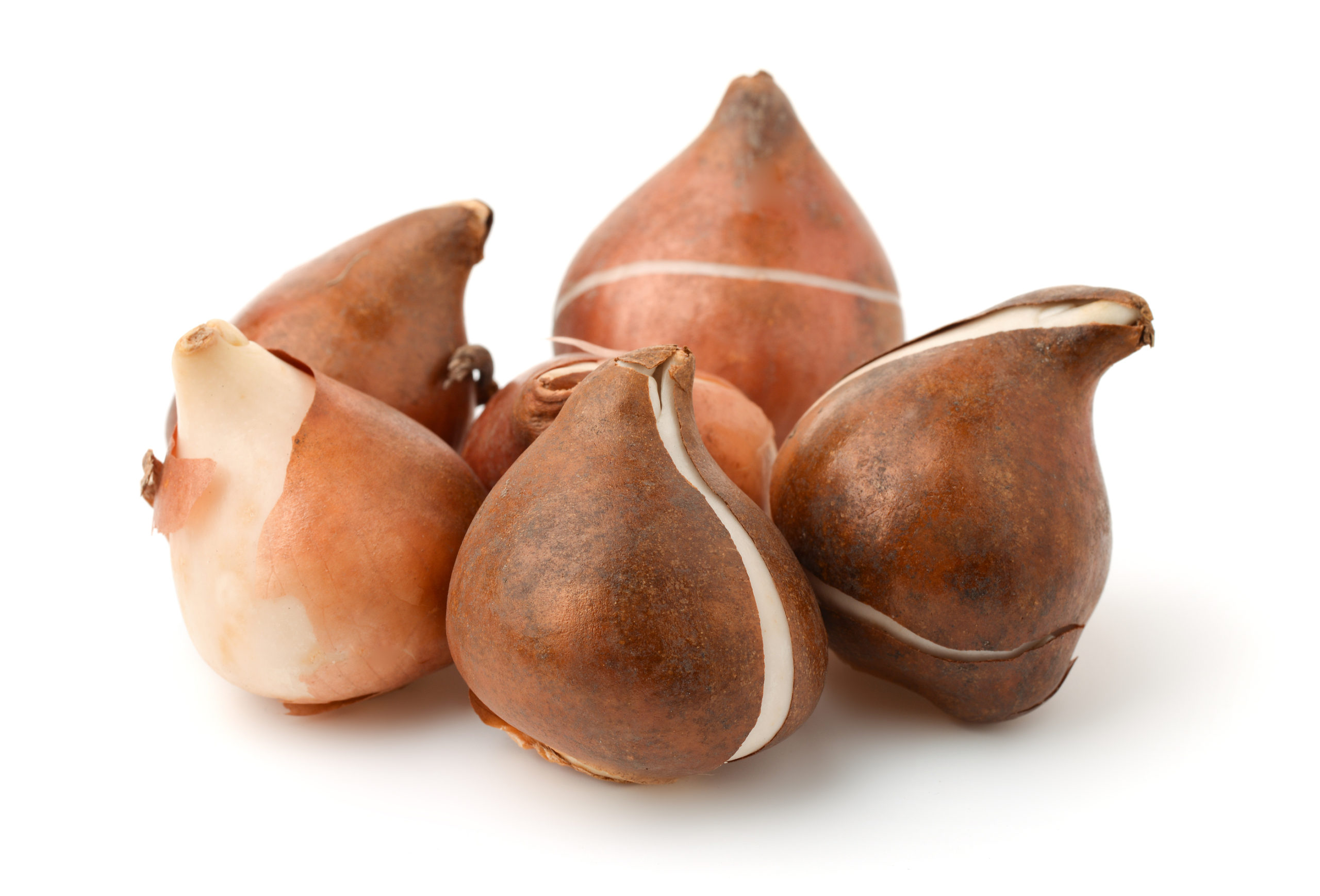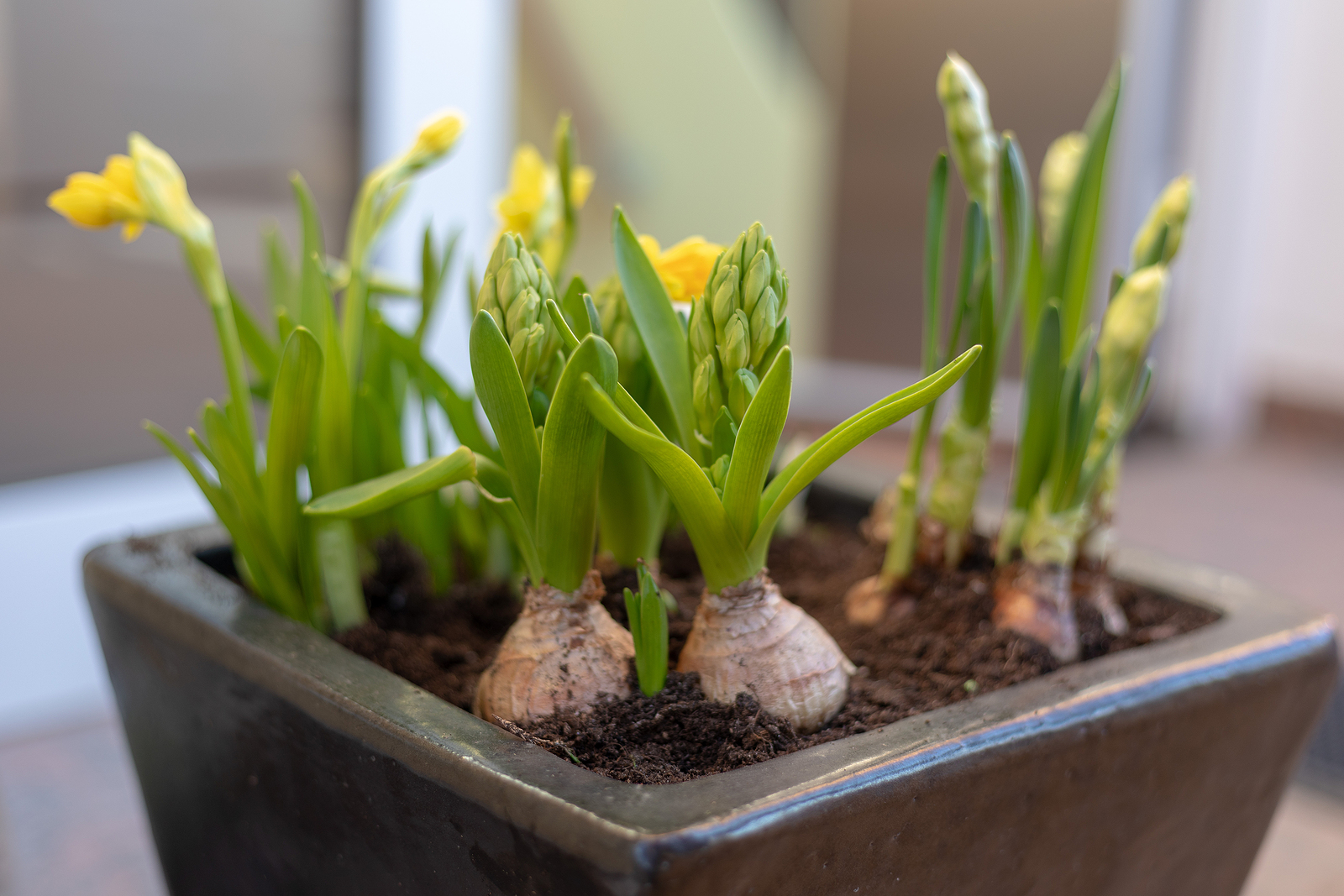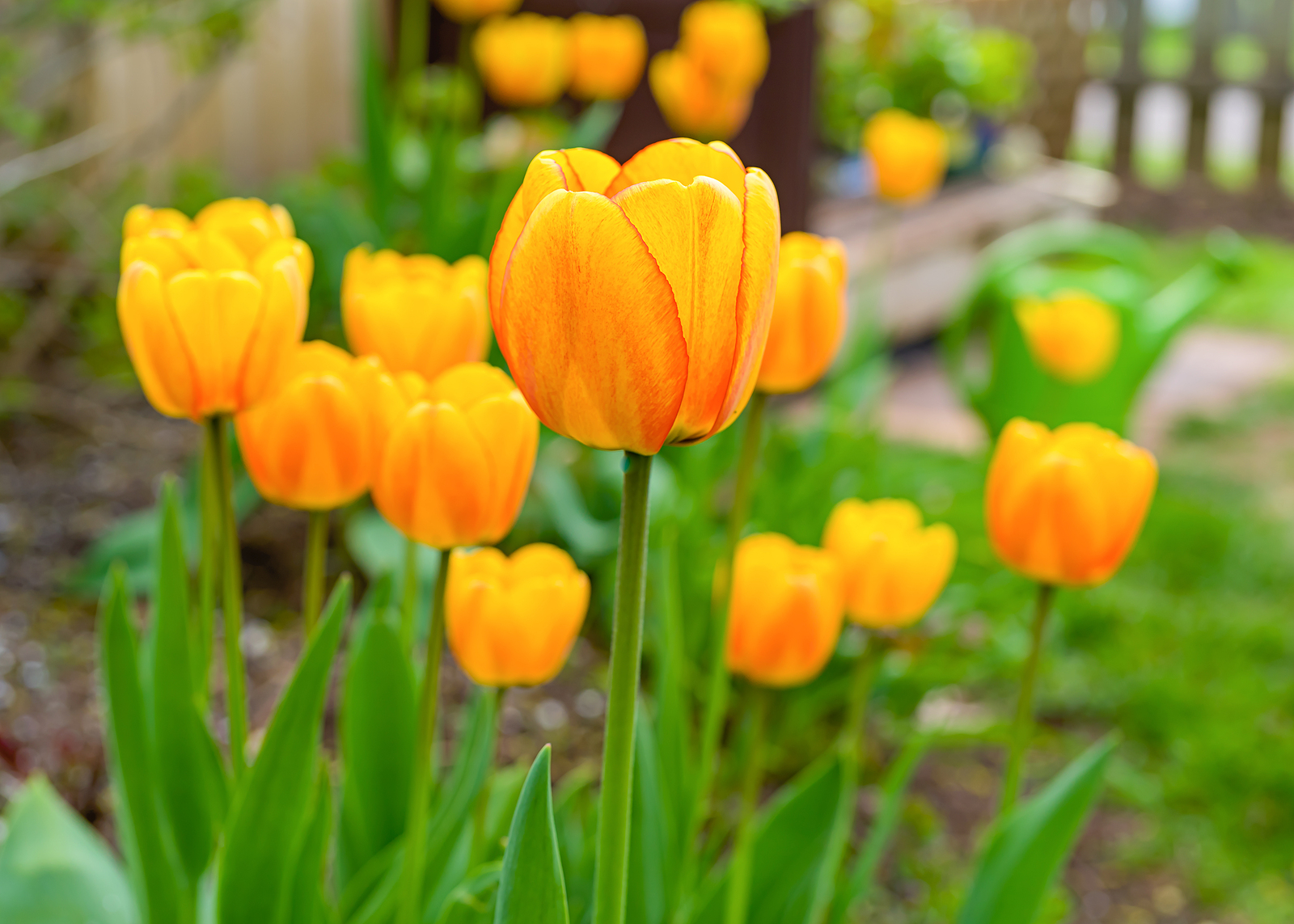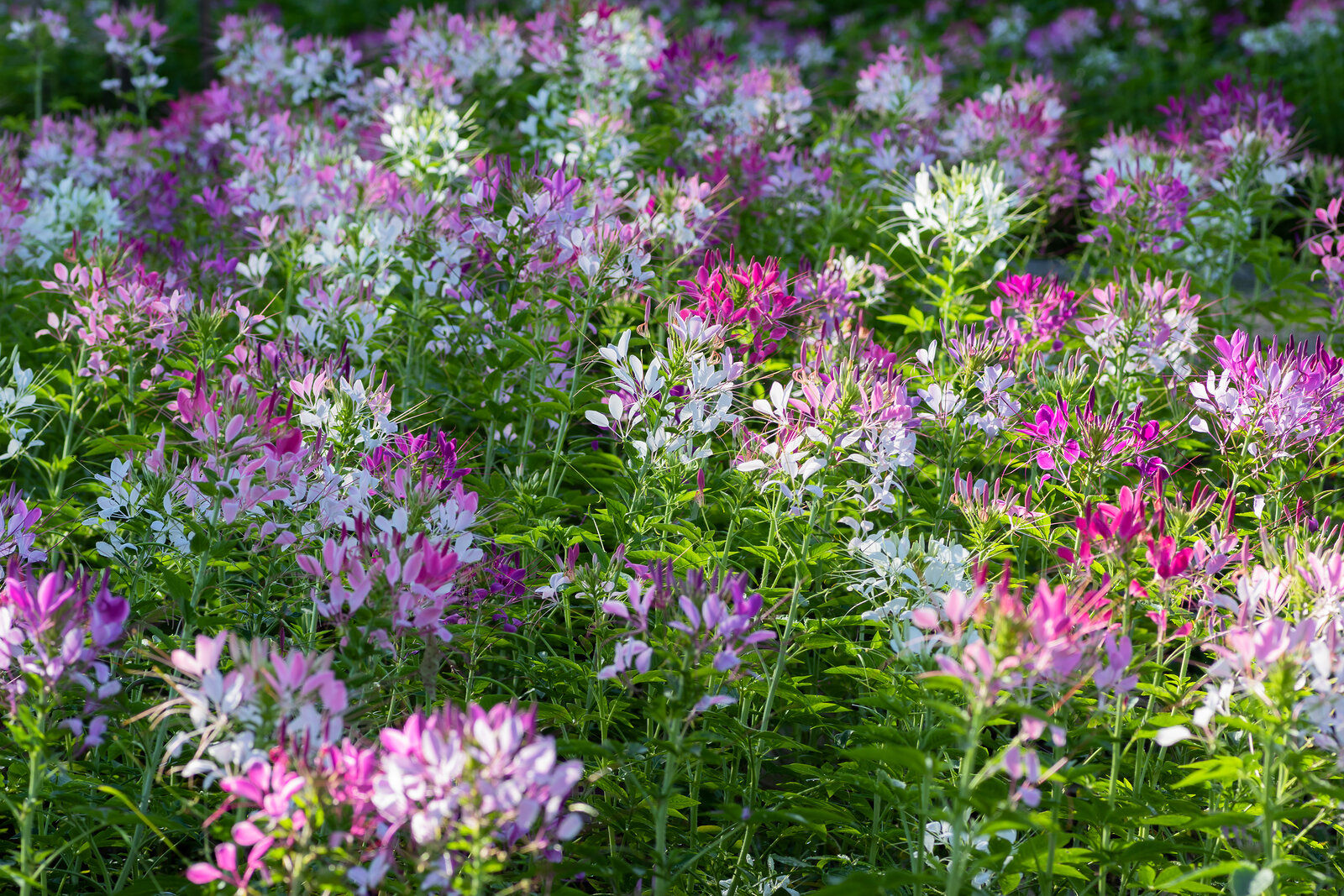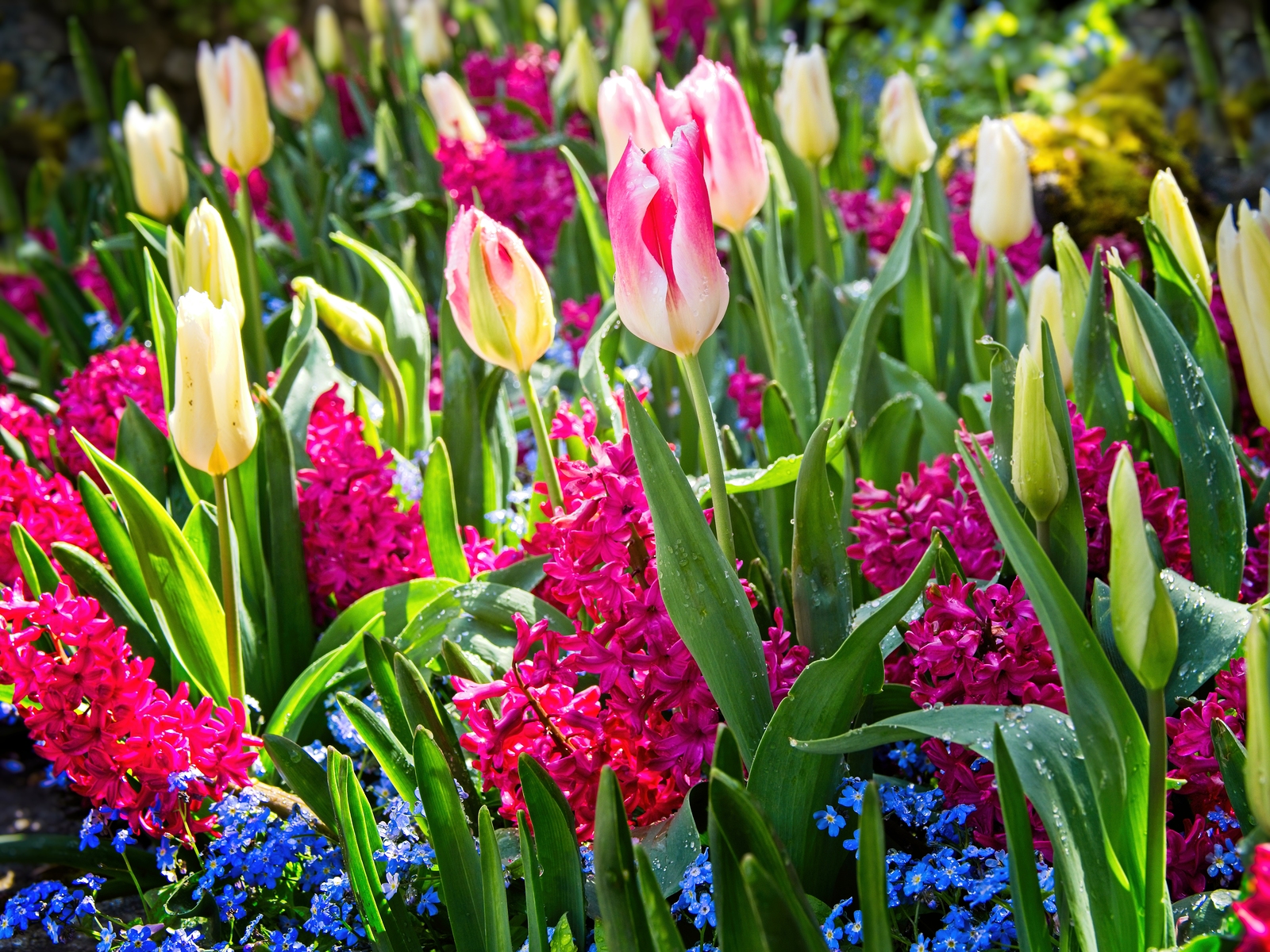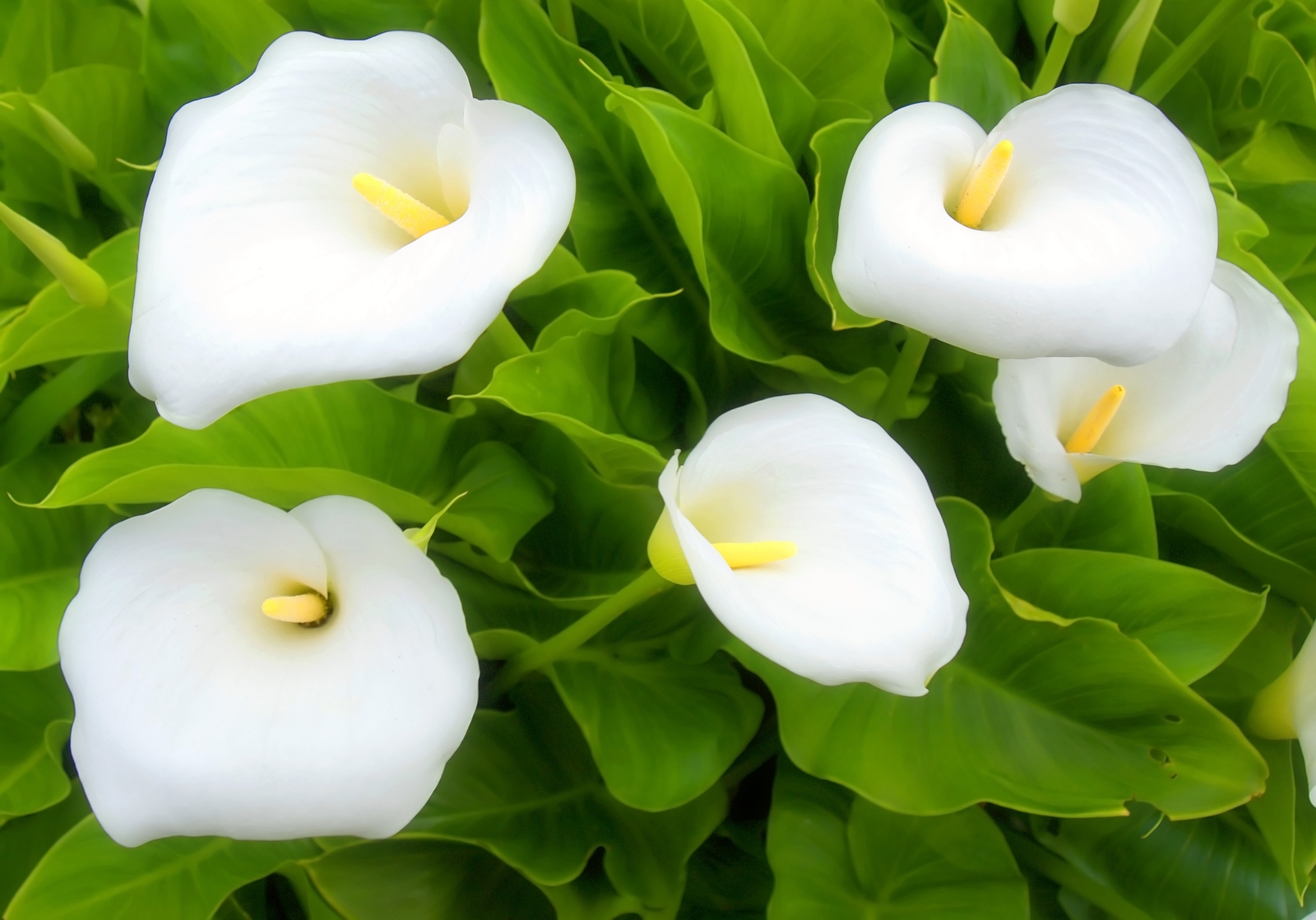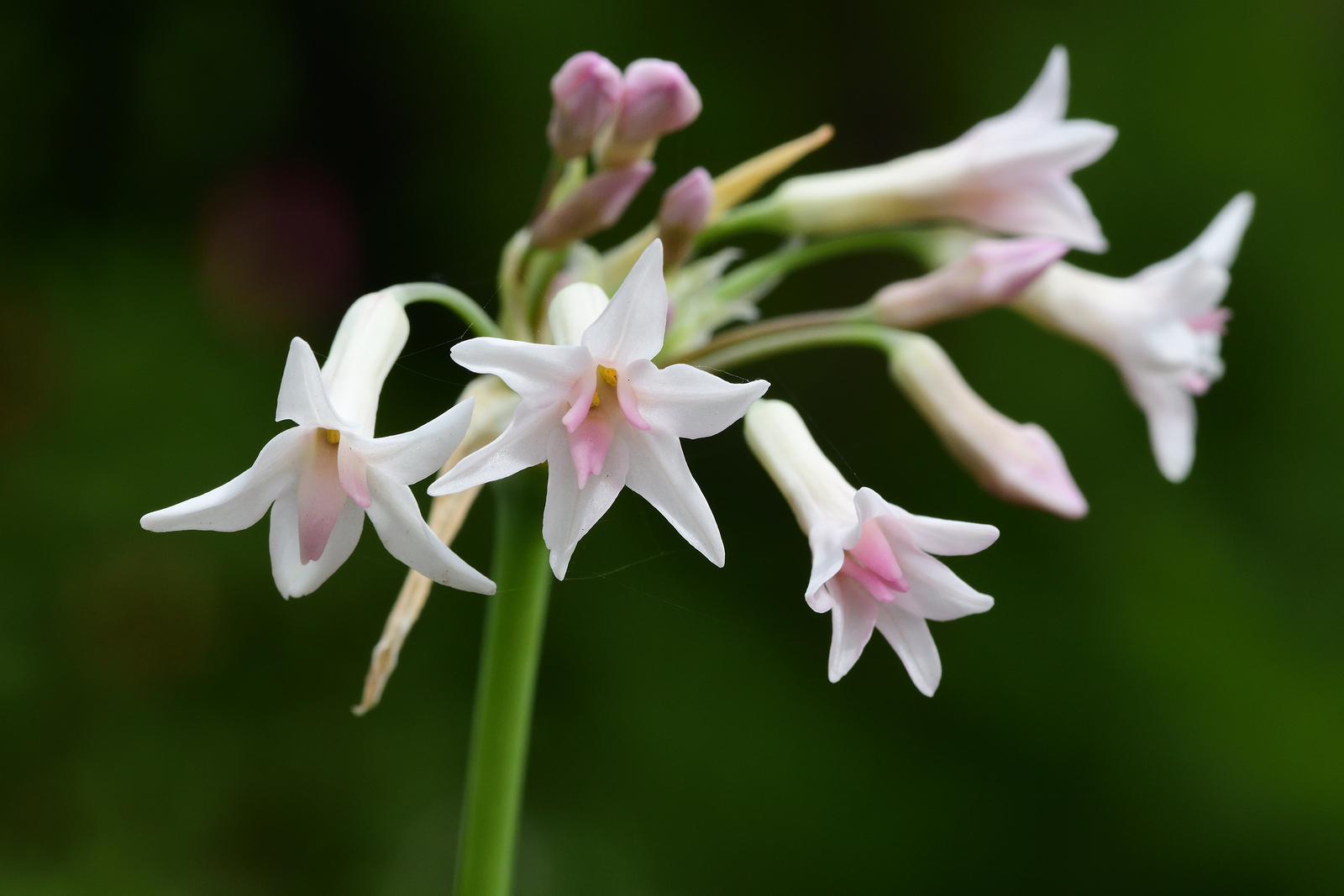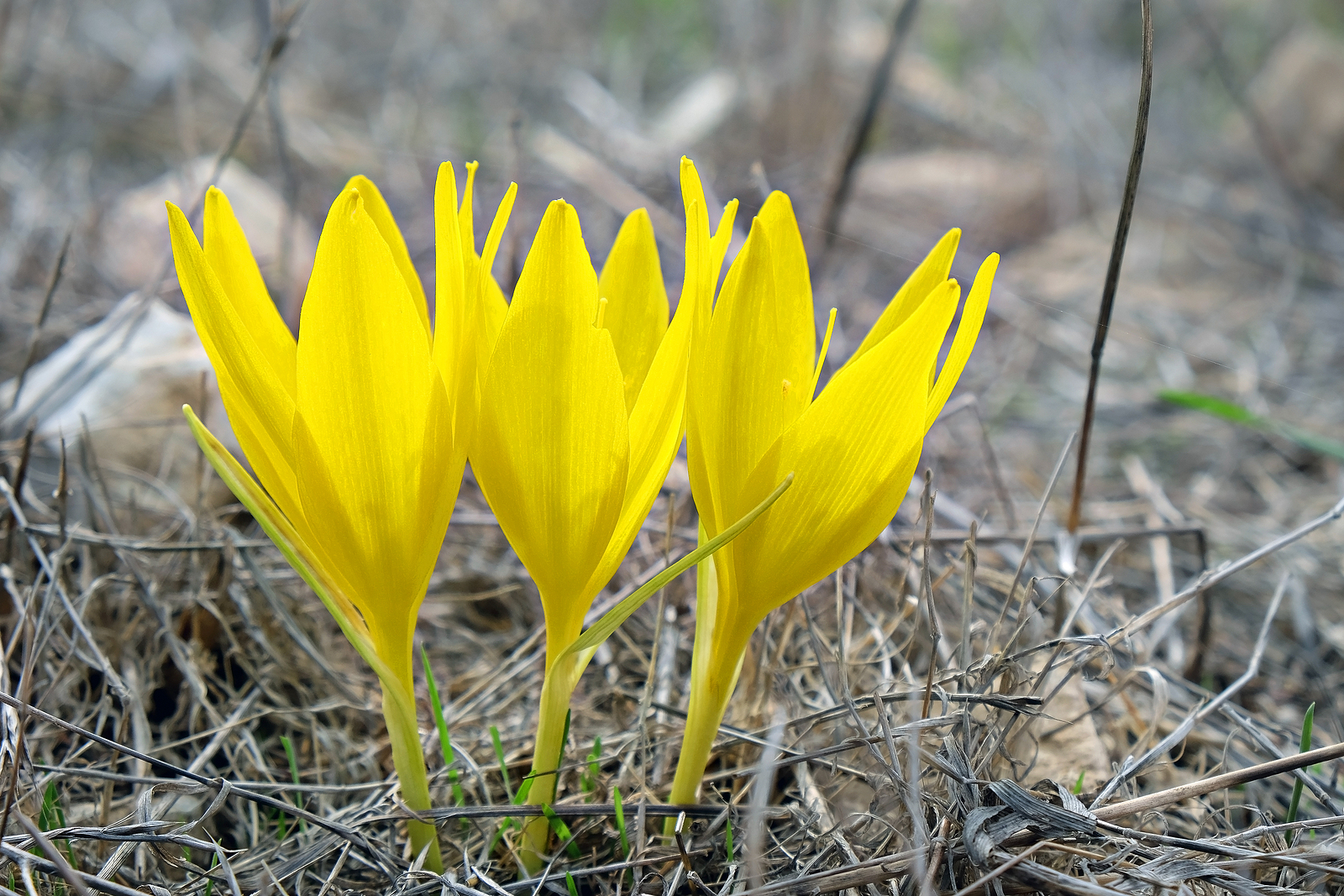Dividing Irises
Bearded irises can be divided beginning a few weeks after they finish blooming. This is the start of their dormant period. Dormancy continues until new growth begins. It is important to divided irises every four years, otherwise they will stop blooming. Dividing Irises step-by-step Growing Irises The bearded iris (Iris germanica) does best in full […] More

